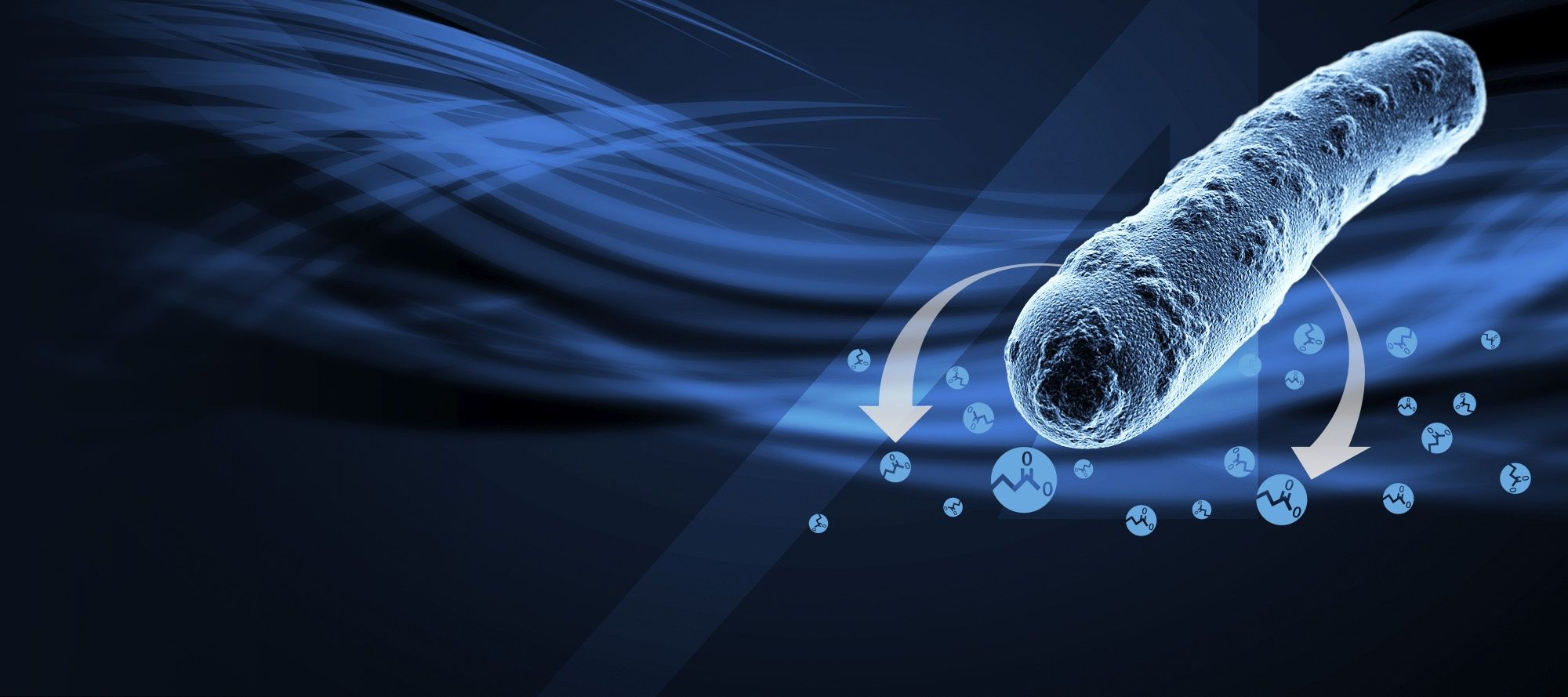
Facts about putrefaction (protein fermentation in the lower intestine)
Increased protein fermentation in the caecum and colon indicates poor ileal protein digestibility and produces harmful metabolites. Whenever there are negative performance effects with a new diet component, the quantification of protein fermentation biomarkers reveals whether the issue is connected to poor protein digestion.



